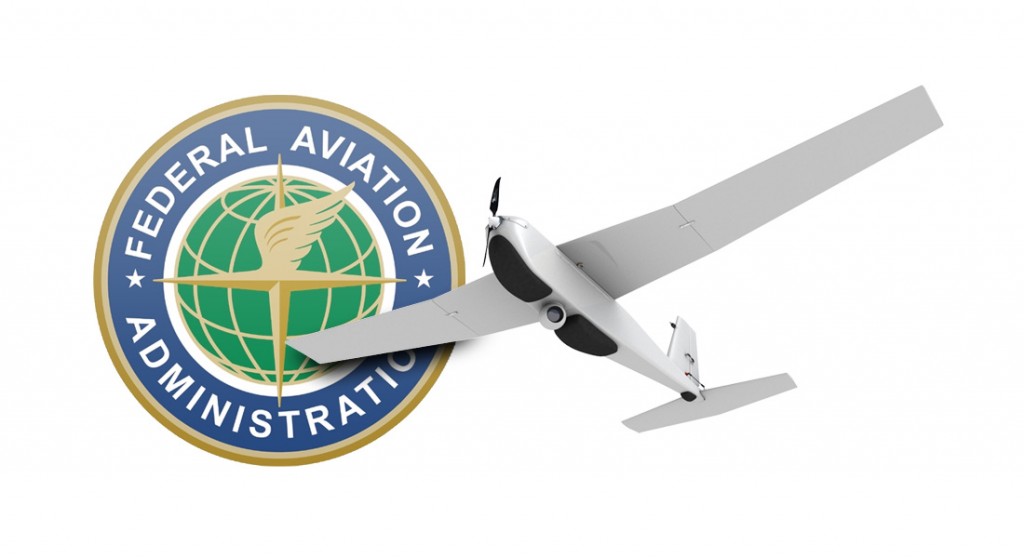from sUAS News

Myth 1. “The FAA doesn’t control airspace below 400 feet.”
Fact: The FAA controls all airspace from the ground up. This myth is based on confusion with the rules for operating model aircraft, which are quite different from those involving any form of commercial flying operations.
Really, from the ground up? This confusion has nothing to do with model aircraft rules. This confusion, on the part of the FAA, has everything to do with Supreme Court Justice Douglas’s writing of the majority opinion in United States v. Causby, which states in part:
“We have said that the airspace is a public highway. Yet it is obvious that if the landowner is to have full enjoyment of the land, he must have exclusive control of the immediate reaches of the enveloping atmosphere. The landowner owns at least as much of the space above the ground as the can occupy or use in connection with the land.”
While the “immediate reaches of the enveloping atmosphere” were not defined by Douglas, in Smith v. New England Aircraft Company, the Massachusetts Supreme Court set the boundary somewhere between one hundred feet and five hundred feet.
So the United States Supreme Court does not agree that the FAA controls all airspace from the ground up. While no one is arguing that the FAA should not regulate safety from the ground up, the FAA has no authority to withhold use of this airspace from the landowner, be it for recreational or commercial operations.
Myth 2. Commercial UAS operations are a “gray area” in FAA regulations.
No shades of gray here. From the FAA, “Anyone who wants to fly an aircraft — manned or unmanned — in U.S. airspace needs some level of FAA approval.”
Actually we agree with the FAA on this one. However, since the Supreme Court ruled that, “The landowner owns at least as much of the space above the ground as the can occupy or use in connection with the land.” It is our contention that “the immediate reaches of the enveloping atmosphere” are privately owned airspace, not U.S. airspace. Therefore, The FAA has no authority to exclude the landowner from his/her property, whether for recreation or commercial operations. To do so would be a “taking without compensation” in violation of the fifth amendment of the Constitution.
Myth 3. There are too many commercial UAS operations for the FAA to stop.
Fact: The feds do have to prioritize their enforcement based on level of hazard, however, “When the FAA discovers apparent unauthorized UAS operations, the agency has a number of enforcement tools available to address these operations, including a verbal warning, a warning letter and an order to stop the operation.”
Really, “a verbal warning, a warning letter and an order to stop the operation.” And then what?
Despite these enforcement tools, many continue commercial UAV operations because it is their livelihood. Many were so employed before the 2007 FAA mandate to stop, so what were they to do? They include professional movie cinematographers, high end real-estate photographers, search and rescue organizations and yes, agricultural entities. Very few stopped even when told to do so by the FAA, and no enforcement actions were taken— until the Heurta v. Pirker case. The FAA lost that one, which is still under appeal. I wonder how that’s going to work out?
Has the FAA become irrelevant on the the UAV issue? Seven years to promulgate guidance by Advisory Circular or Regulation, and no results so far. Two commercial authorizations, in the Arctic, commanded by Congress. And they haven’t faired to well in court either. Maybe Congress should let someone else try?
Myth 4. Commercial UAS operations will be OK after September 30, 2015.
Fact: From the FAA statement: “In the 2012 FAA reauthorization legislation, Congress told the FAA to come up with a plan for ‘safe integration’ of UAS by September 30, 2015. Safe integration will be incremental. The agency is still developing regulations, policies and standards that will cover a wide variety of UAS users and expects to publish a proposed rule for small UAS — under about 55 pounds — later this year. That proposed rule will likely include provisions for commercial operations.”
Another missed deadline? On April 1, 2009 [Maybe that date was significant] the FAA co-chaired a report titled: “Small Unmanned Aircraft System Aviation Rulemaking Committee.” [sic] Seventeen organizations contributed, and by consensus developed a very logical document for integrating sUAS into the airspace by groups, i.e. Group II: gross weight under 2 Kilos (4.4 pounds), Max speed under 60 knots, VLOS only, max height 400 feet AGL. It looked promising, however, the NPRM it was supposed to generate hasn’t materialized; for five years and counting. The FAA has lost all credibility for predicting when anything will be accomplished. How can we believe them now?
Continue Reading at sUASNews.com…
Alan is serial entrepreneur, active angel investor, and a drone enthusiast. He co-founded DRONELIFE.com to address the emerging commercial market for drones and drone technology. Prior to DRONELIFE.com, Alan co-founded Where.com, ThinkingScreen Media, and Nurse.com. Recently, Alan has co-founded Crowditz.com, a leader in Equity Crowdfunding Data, Analytics, and Insights. Alan can be reached at alan(at)dronelife.com
